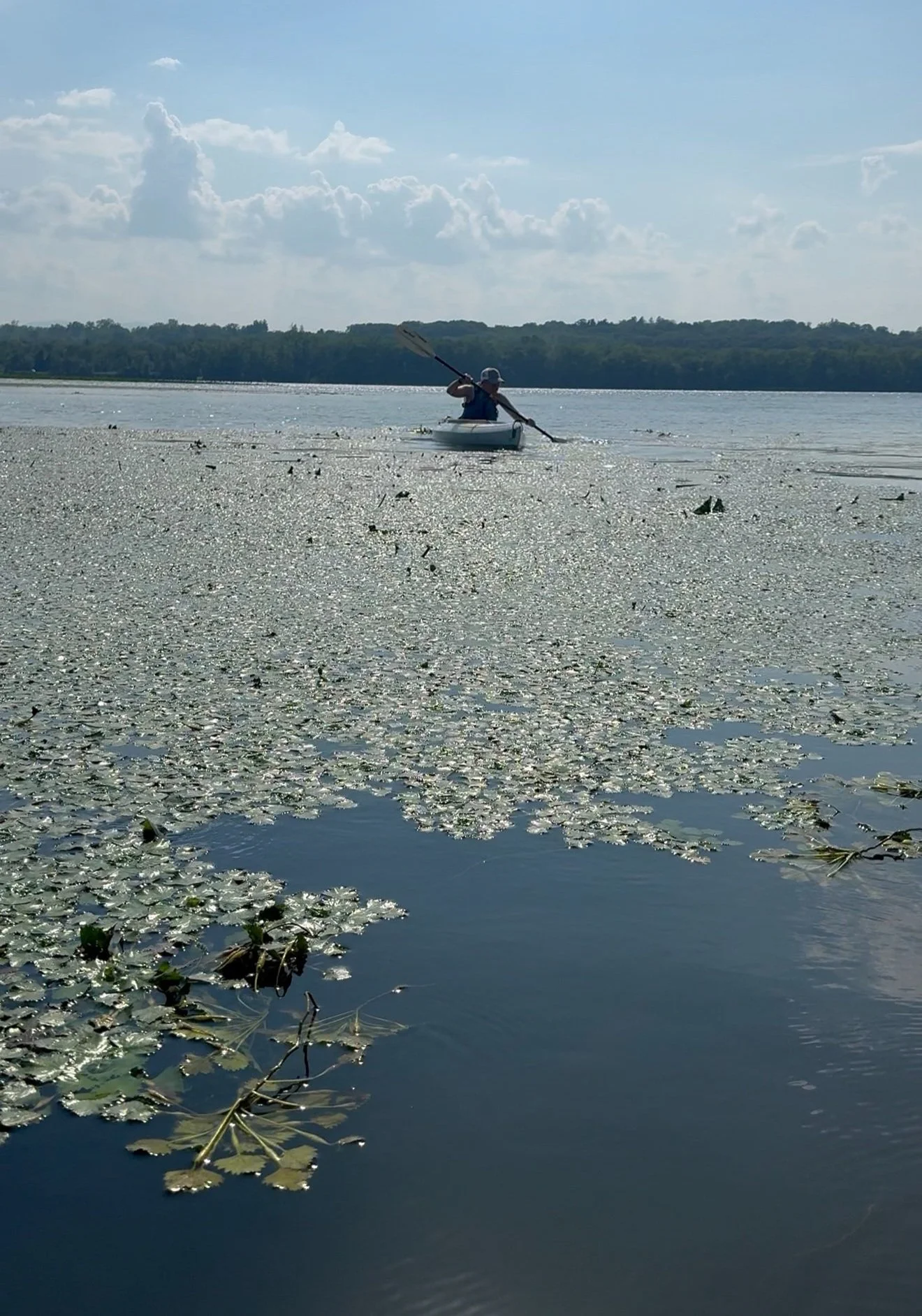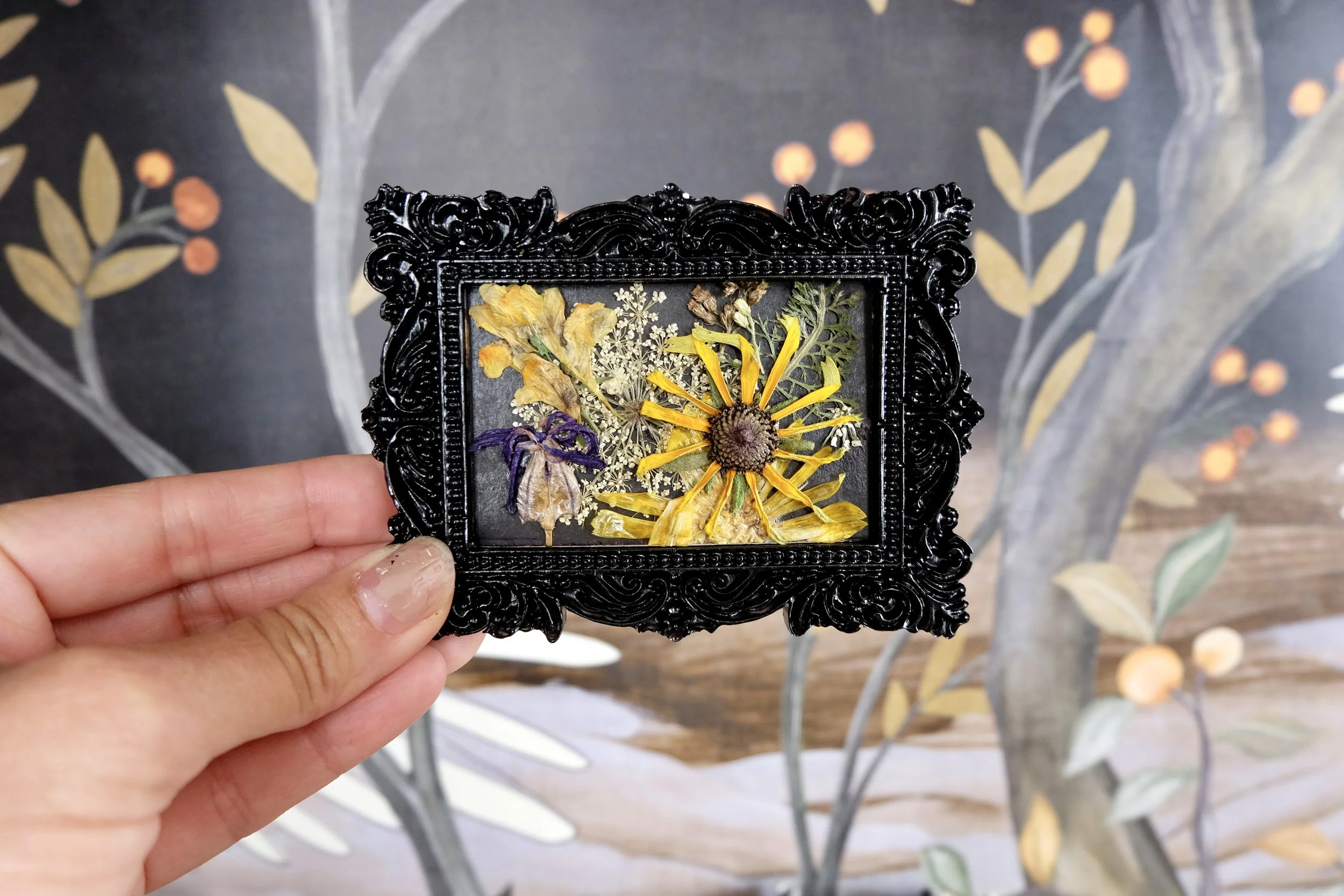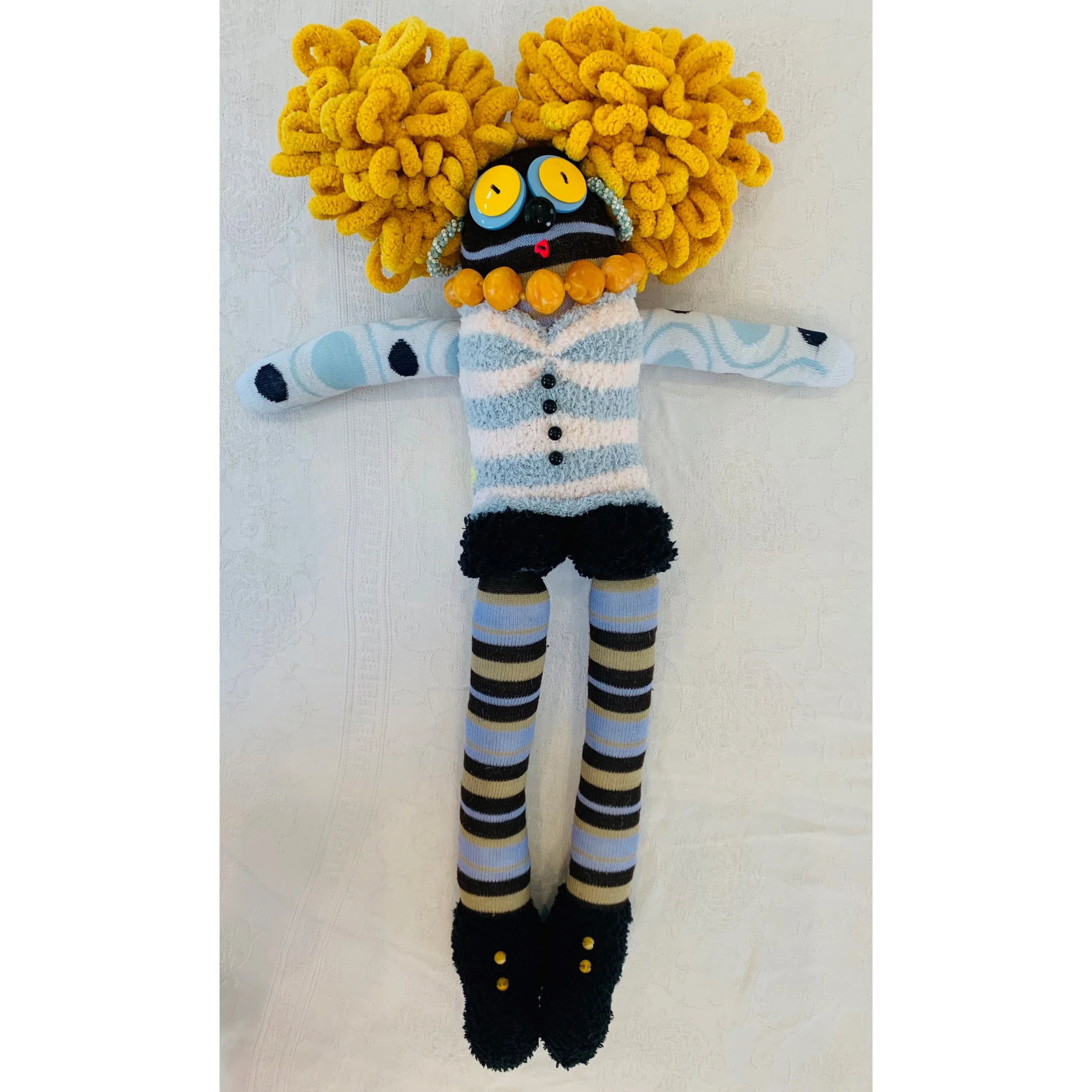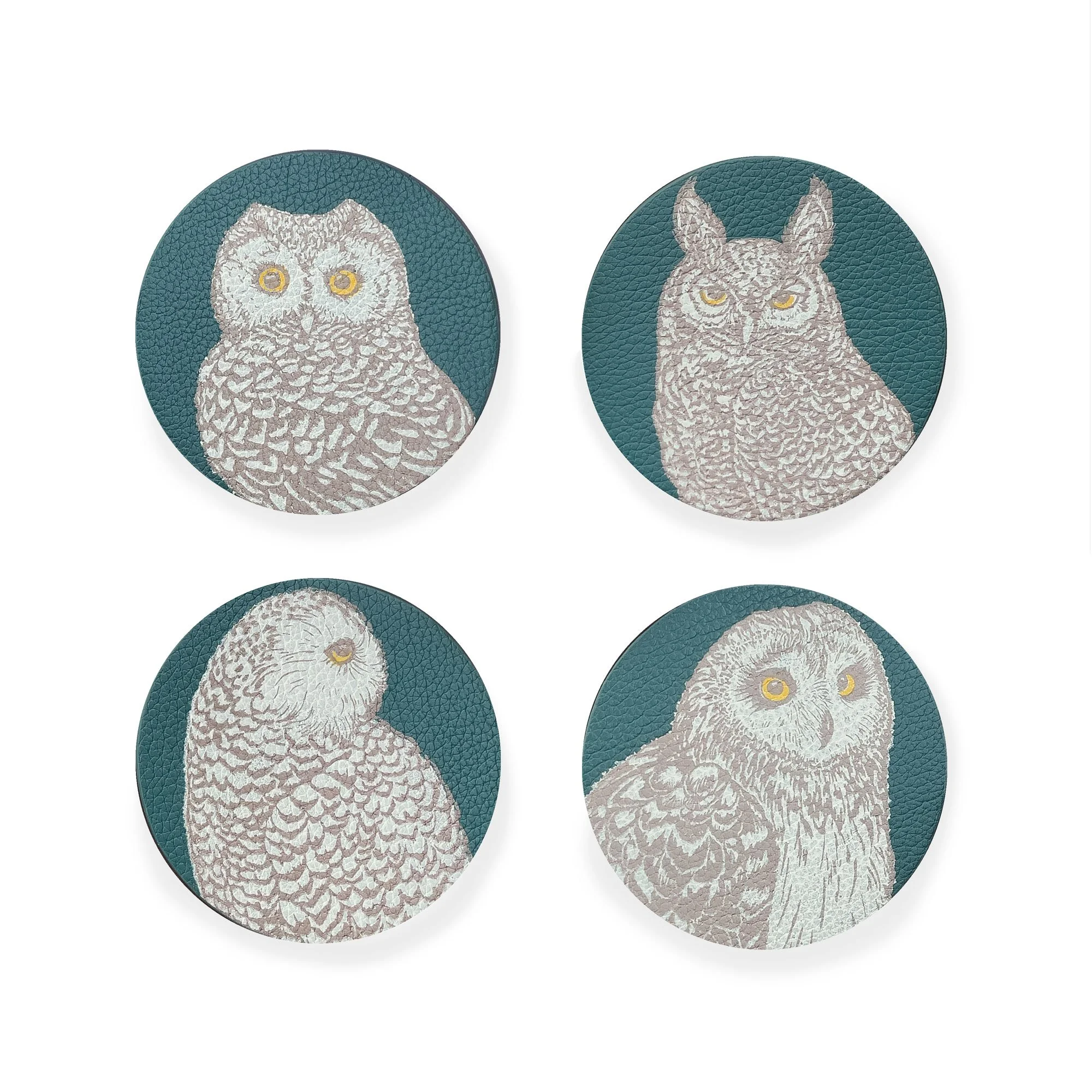Eradicating invasive water chestnuts
Invasive water chestnuts create a thick mat on the surface of the water, making access to and from the river impassible in some areas. photo: niki@hvny.info
One of the best ways to destress on the river during summer days, in my humble opinion, is yanking water chestnut plants – especially those thorny seed pods – from the surface of the water before the invasive species takes over, and makes access in and out of the river nearly impossible in some areas.
Water Chestnut (Trapa natans) is an aquatic annual plant native to Asia and Africa that was introduced to North America in the 1870s. The plant is found in ponds, lakes, wetlands, slow-moving parts of rivers, and estuaries. forms dense mats on the surface of the water, effectively blocking the growth of native species, and blocking pathways for boaters and those fishing.
Their presence also depletes the oxygen in the surrounding waters, leading to more harmful algae blooms.
The timing of removing water chestnut plants is critical – typically before August – before any fruits mature and seed pods drop into the water. To remove water chestnuts, pull up the entire plant, roots and all, as even unattached stems can regrow, but be careful (and even wear gloves), the seed pods connected to the bottom of the rosettes can be very sharp. Dispose in trash bags, or place them 100-feet away from the shore to decompose.
To eliminate a single water chestnut bed, the eradication process would need to be repeated annually for 5-12 years, according to the Lower Hudson Partnership for Regional Invasive Species Management (Lower Hudson PRISM). Mechanical harvesters have been used in areas of heavy vegetation, including efforts in Esopus and Saugerties.
Researchers are now testing another method of removal via biocontrol using leaf beetles. “Classical biocontrol can be a useful component of integrated weed management but does not always work, and in some cases has adverse impacts on nontarget plants,” according to researchers at Lower Hudson PRISM.
Water chestnut facts:
The ideal removal period for water chestnuts is mid-June to mid-July, before their seed pods drop into the water.
Each seed pod can produce up to 20 plants
Each plant can produce up to 20 seed pods
Each leaf has a swollen petiole to help keep it afloat on the surface of the water
The thorny seeds – a.k.a. Cow Heads or Devil’s Heads – may be worse to step on than a Lego (unofficial opinion, but they very well could pierce a flip flop)
The mechanical waterweed harvester used in Esopus is named “Chester”
See more from the Lower Hudson PRISM:












